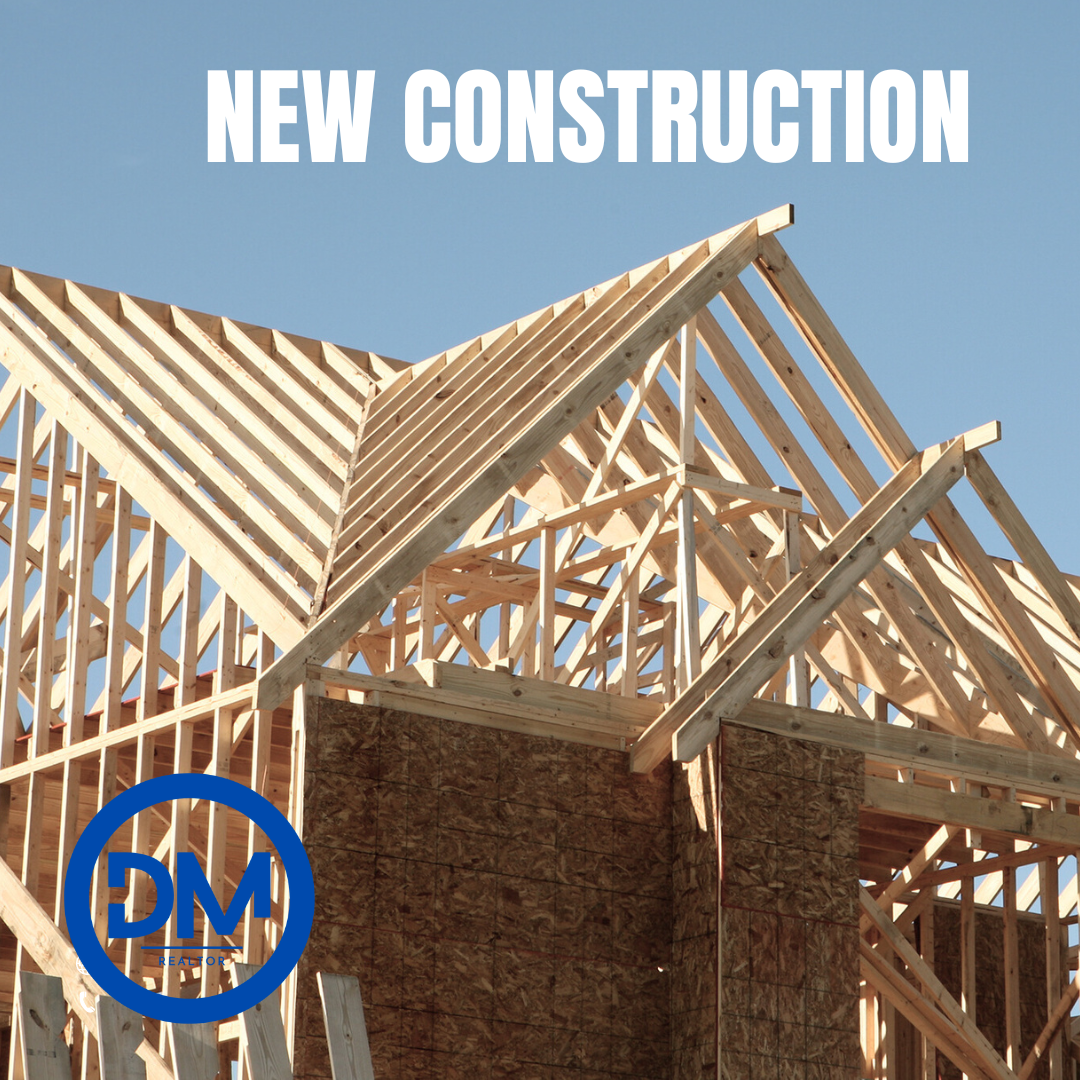In the fast-paced world we live in, the landscape of cities and towns is constantly evolving. New construction projects are a testament to humanity’s unyielding ambition to create a better future. These ventures not only redefine skylines but also pave the way for progress, innovation, and sustainability. In this blog post, we will explore the significance of new construction and how it plays a crucial role in shaping our world for generations to come.
1. The Need for New Construction
As our population grows and urbanization intensifies, the demand for modern, functional spaces increases significantly. New construction addresses this need by providing the infrastructure required to accommodate this growth. From residential complexes and commercial buildings to schools, hospitals, and transportation networks, new construction projects lay the foundation for a more connected and efficient society.
2. Fostering Economic Growth
New construction has a far-reaching impact on the economy. Not only does it generate jobs for architects, engineers, construction workers, and supporting industries, but it also stimulates economic activity in surrounding areas. Local businesses benefit from increased foot traffic, and the influx of residents in newly developed regions helps bolster the housing market and overall property values.
3. Embracing Sustainability
In recent years, a growing emphasis on sustainability and environmental consciousness has transformed the construction industry. New construction projects are now embracing eco-friendly designs and construction practices, reducing their carbon footprint, and utilizing renewable energy sources. Green buildings, equipped with energy-efficient technologies, not only benefit the environment but also provide long-term cost savings for occupants through reduced utility bills.
4. Architectural Marvels
New construction projects often showcase architectural marvels that push the boundaries of design and engineering. Iconic buildings become symbols of the cities they grace and attract tourists from around the world. These structures stand as a testament to human creativity and imagination, leaving a lasting legacy for future generations.
5. Adapting to Changing Needs
As society evolves, so do our needs. New construction allows us to adapt to these changing requirements. Smart buildings equipped with cutting-edge technologies offer enhanced security, energy management, and connectivity. Additionally, the pandemic has highlighted the importance of flexible spaces that can be easily adapted to accommodate remote work and social distancing measures.
6. Balancing Tradition and Modernity
While embracing the future, new construction projects also need to strike a balance between modernity and preserving cultural heritage. Integrating traditional elements into contemporary structures can foster a sense of identity and pride, enriching the cultural fabric of a region.
New construction is more than just bricks and mortar; it represents the hopes and aspirations of a progressive society. By addressing the needs of a growing population, fostering economic growth, embracing sustainability, and pushing the boundaries of architectural innovation, new construction shapes our world in profound ways. As we embark on this journey, it is essential to remember that each structure built today becomes the foundation for a better tomorrow, and we must tread this path with a vision for a sustainable, interconnected, and inspiring future.

 Facebook
Facebook
 X
X
 Pinterest
Pinterest
 Copy Link
Copy Link
